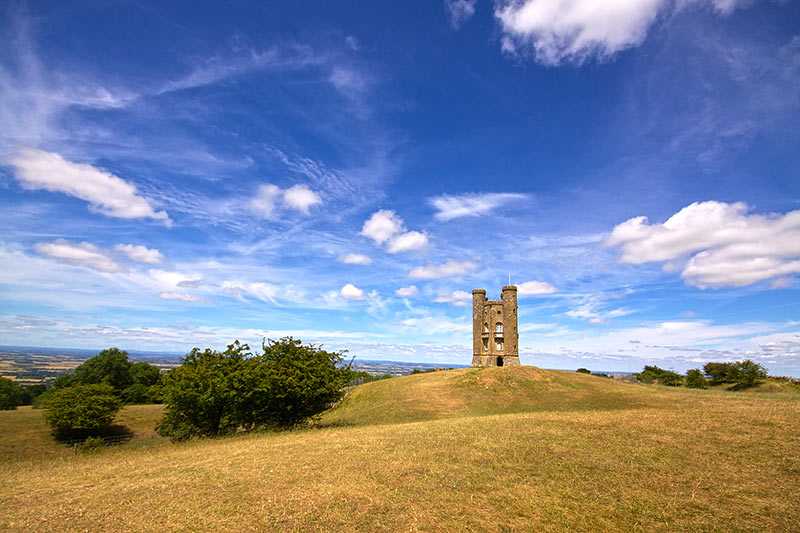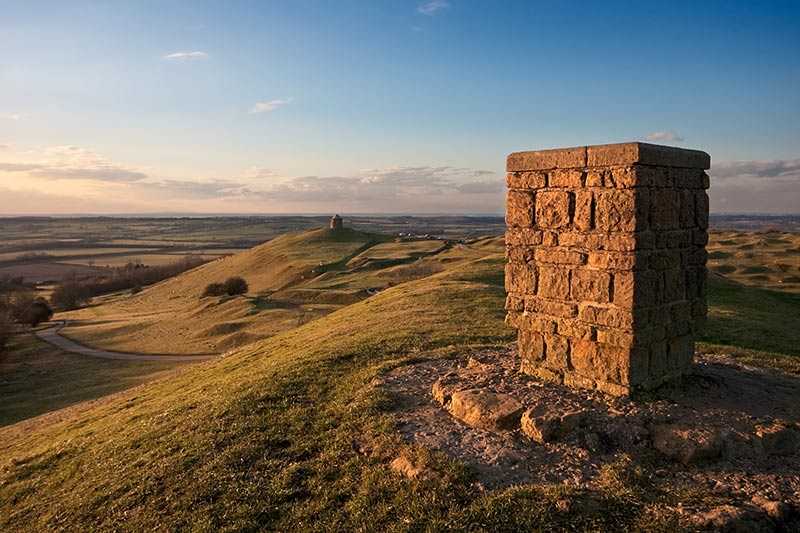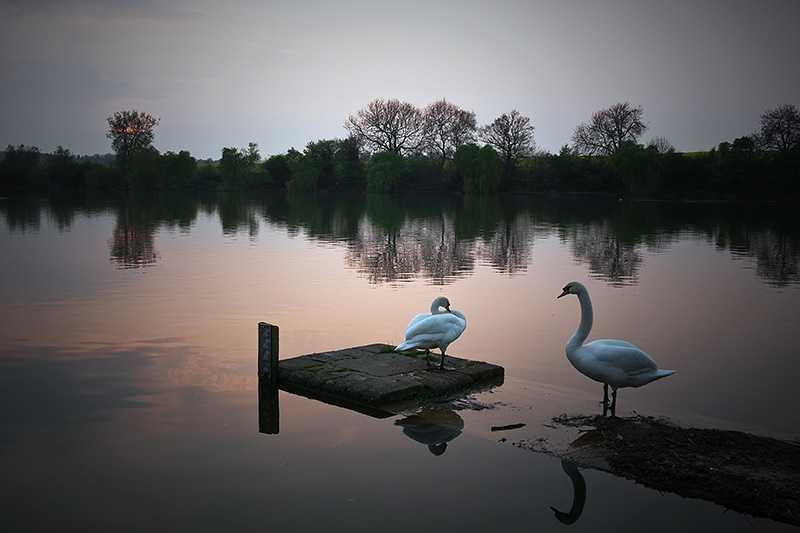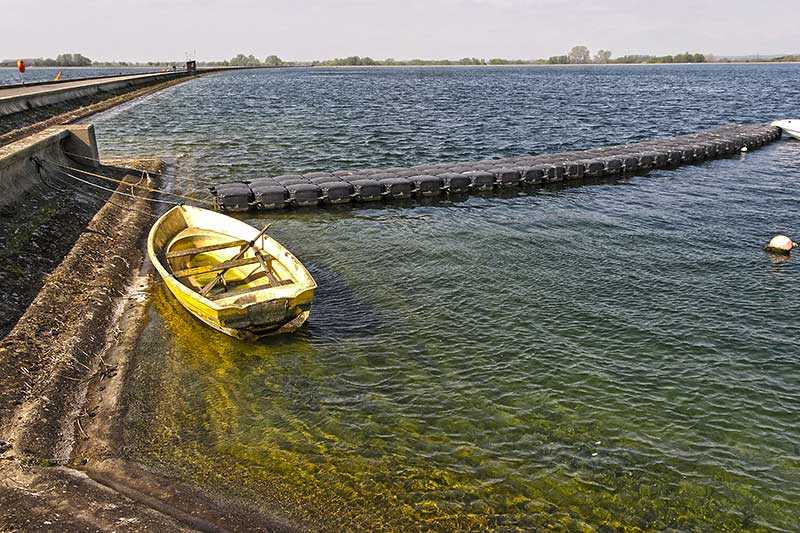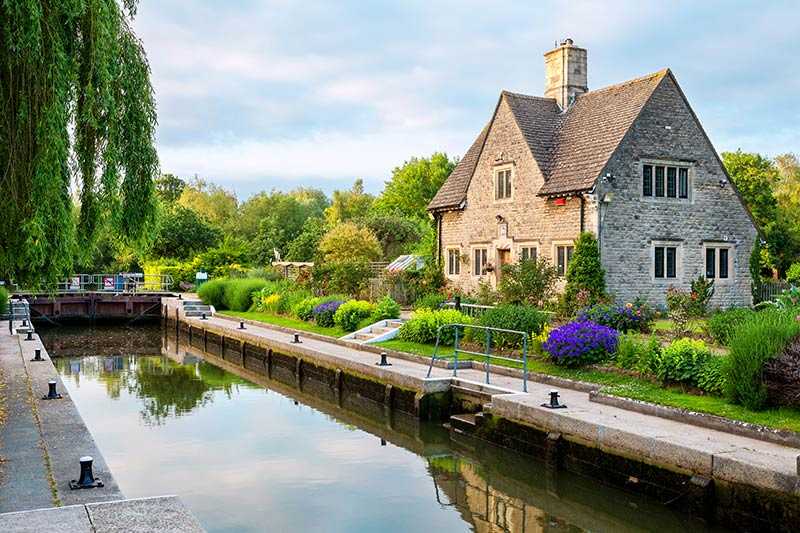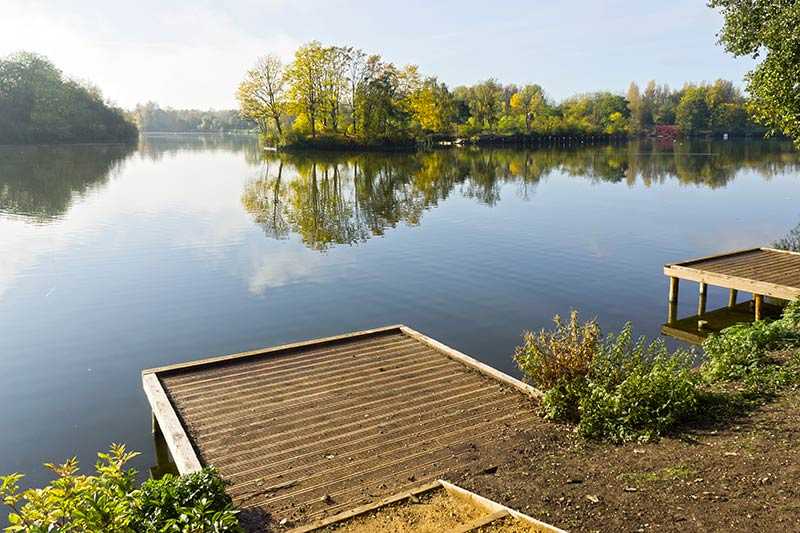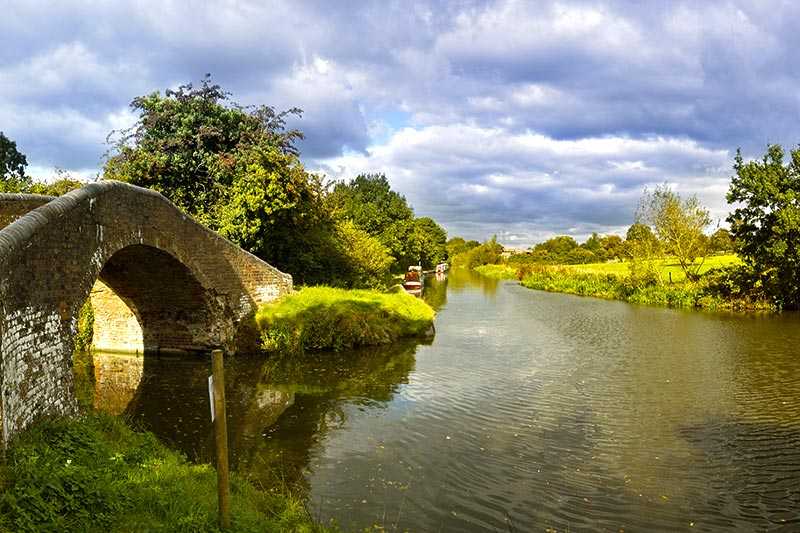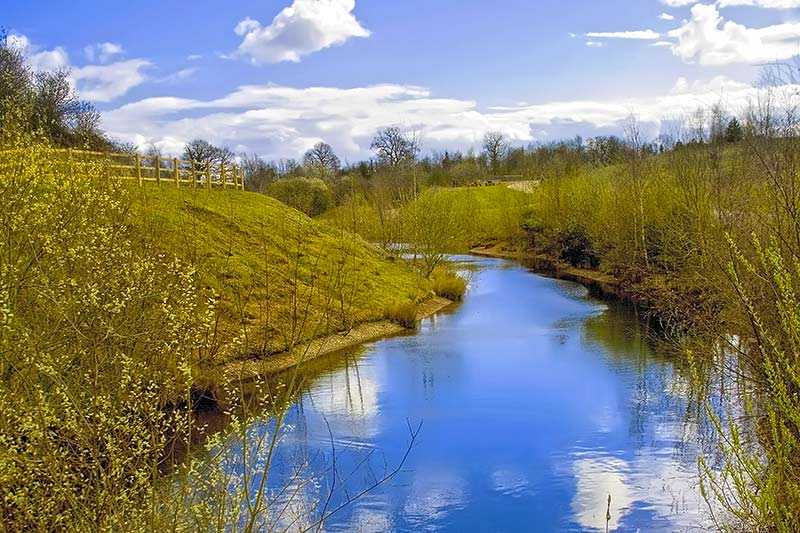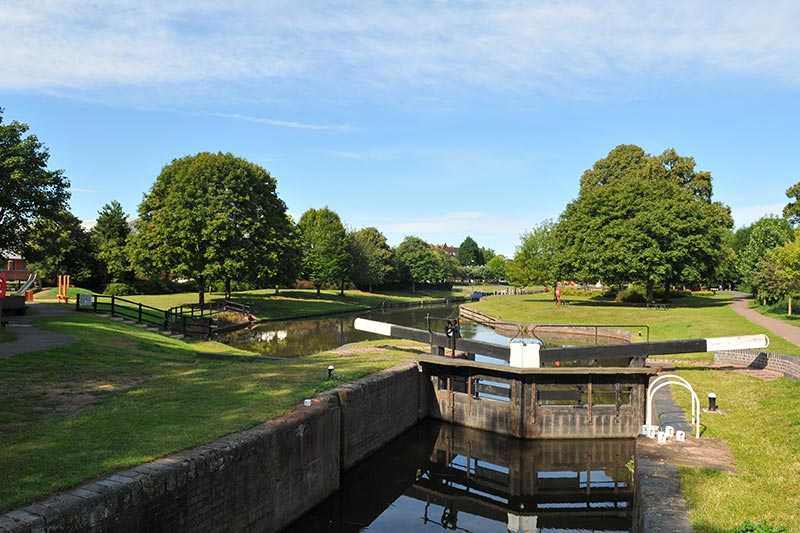Cotswolds AONB
About The Cotswolds
This range of hills in south western and west central England covers a total area of 2,038 km2 (787 mi2). Designated as an Area of Natural Beauty in 1966, the hills...
About The Cotswolds
This range of hills in south western and west central England covers a total area of 2,038 km2 (787 mi2). Designated as an Area of Natural Beauty in 1966, the hills touch on six of England’s counties although the largest portion (63%) is based in Gloucestershire; and it is the largest of the England and Wales AONBs. It is distinguished by the rare limestone gras...
Attractions near Cotswolds AONB
Activities
About Cotswolds AONB
About The Cotswolds
This range of hills in south western and west central England covers a total area of 2,038 km2 (787 mi2). Designated as an Area of Natural Beauty in 1966, the hills touch on six of England’s counties although the largest portion (63%) is based in Gloucestershire; and it is the largest of the England and Wales AONBs. It is distinguished by the rare limestone grasslands and the old growth beech woodlands that characterize the area.
The region is dotted with small, pretty villages and distinctive Cotswold yellow limestone buildings.
Fauna and Flora
The area contains five European Special Areas of Conservation, three National Nature Reserves and over eighty Sites of Special Scientific Interest, reflecting the importance of its habitats to endangered and rare species.
Tourism
It’s estimated that around 38 million people visit the Cotswolds annually, generating £130 million in revenue; so tourism is a key industry to the area.
Activities
There are countless visitor attractions from historic landmarks to wildlife parks, but most people are drawn to explore the beautiful landscapes on foot, by cycling or on horseback. With thousands of miles of footpaths, walkers will appreciate the sheer variety of routes to explore, from gentle strolls and wheelchair accessible routes to hilly hikes. If you like a challenge, the Cotswold Way footpath is 166 km (103 mi) long runs across the entire length of the AONB. There are also major and minor cycling and riding routes. The terrain varies, from the gentler slopes of the South Cotswolds to the steeper, more rugged routes of the escarpments in the North.
How to get there
The area is easy to access by both road (it lies between the M5, M40 and M4 motorways) and rail (national and local rail lines).
Warnings
The area is mostly farmland, used for pasture and cultivation, so it’s important to stay on marked rights of way.
